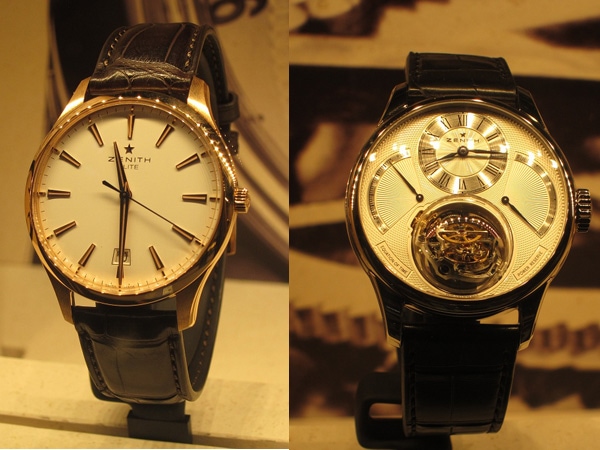
Being at Baselworld is Complicated
Complications are the street cred for Swiss watches that want to be taken seriously. The more number you can cram on a watch, the more highly you are regarded
The sheer number of “complications” – essentially any watch function beyond just telling the time, like day, moon-phases, calendars, chronograph etc. – that are on display is mind boggling.
Complications are the street cred for Swiss watches that want to be taken seriously. The more number you can cram on a watch (a mechanical one mind you, not a quartz one), the more highly you are regarded. The more challenging a complication, the more prestigious your brand. And if your complication is both new and patentable, consider it the best.
Complications have been around since the 18th century in Swiss watches. But after the nearly catastrophic crisis the industry faced in the 1960s and 1970s due to the rise of inexpensive and yet accurate quartz watches, complications have become far more important in the business of Swiss watchmaking.
Because while the eponymous Swatch quartz watch, launched in 1983, might have rescued the industry from being decimated by the Japanese, it is mechanical watches that maintain the aura around the “Swiss Made” brand.
Within high-end Swiss watches, complications are seen as impenetrable defences against cheaper competitors. Replicating them is not easy thanks to the extremely complex and minute hand work that goes into making each one of them, something for which watchmakers train for years and decades.
More importantly, complications are bought and valued by customers not so much for the functionality they offer – like a moon-phase or chronograph or multiple time zones – but in appreciation for the sheer craft of making them by hand.







